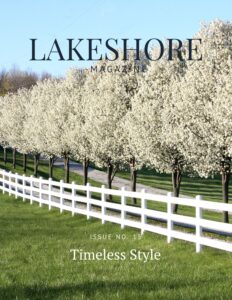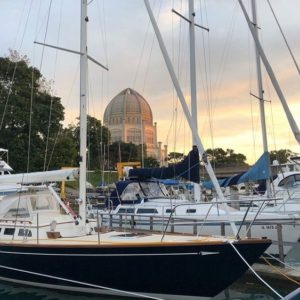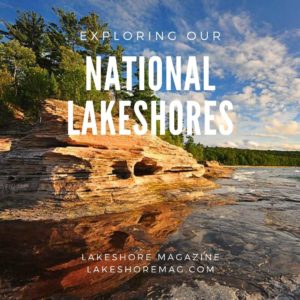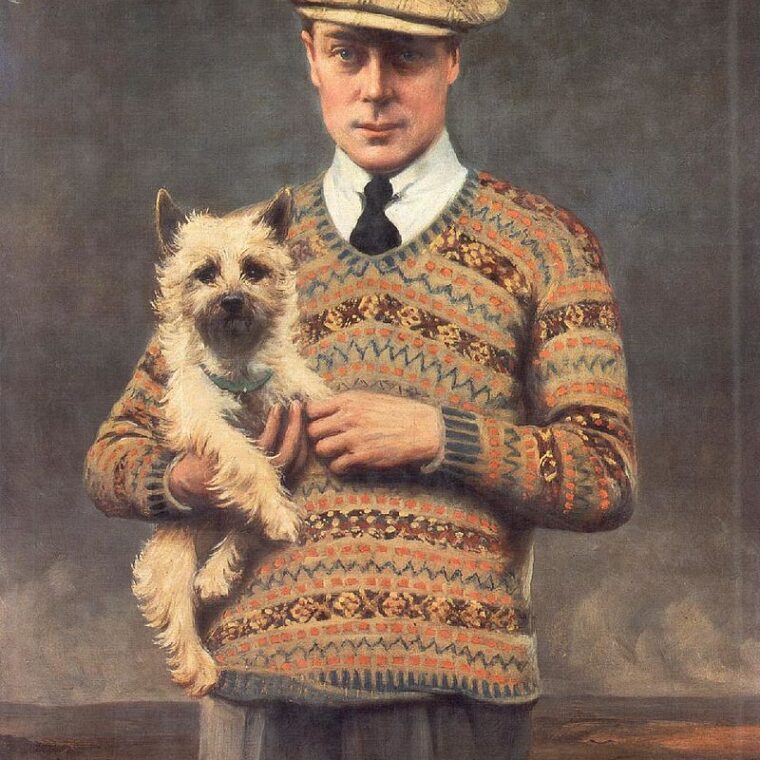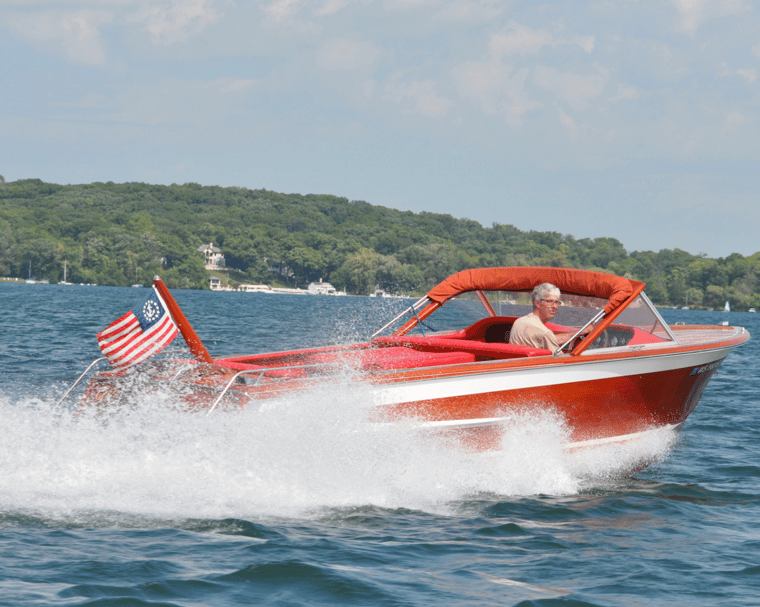As early as the mid-1800s, visionary Chicago planners conceived of a vast system of parks and open spaces providing residents with access to the natural prairie landscapes that were disappearing as the city grew and expanded westward. While the lakefront parks command attention, several treasures of the park system can be found along the west and south sides of the city, connected by Chicago’s historic boulevards. These parks offer a refuge from the bustling streets and sidewalks of the city and a place to reconnect with nature.
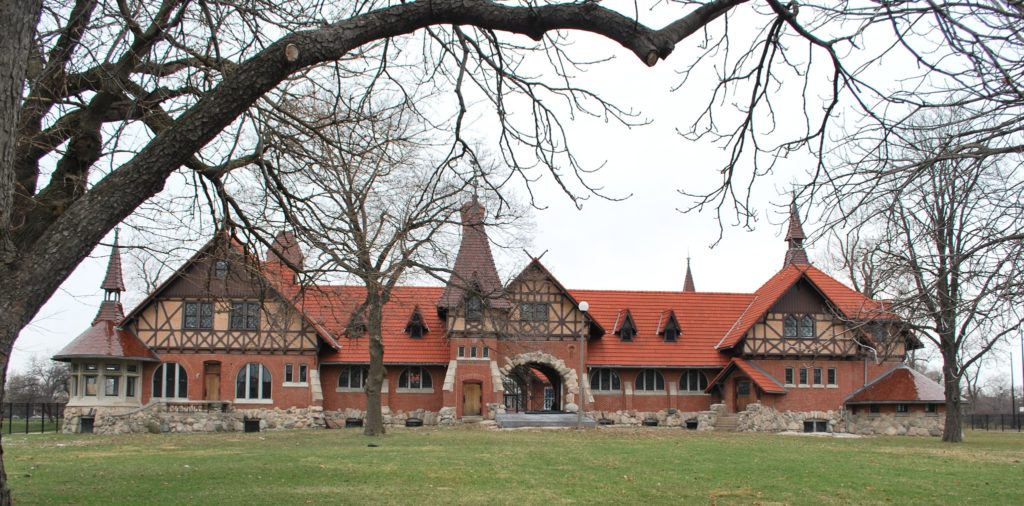
Humboldt Park
Located on Chicago’s west side in the neighborhood of the same name, Humboldt Park is a treasure of the city’s park and boulevard system. It’s nearly 200 acres feature historic architecture including the beloved field house, boat house and stables.
The park is named for Baron Freidrich Heinrich Alexander Von Humboldt (1769 –1859) a German naturalist, geographer, world traveler and prolific author. Among his many notable accomplishments and honors, Humboldt is remembered as one of the first scientists to suggest evidence that the lands bordering the Atlantic Ocean were historically part of a single land mass.
Construction of Humboldt Park as the northernmost locale in Chicago’s boulevard system began in the 1870’s led by William Le Baron Jenney, a noted Chicago architect best known today as the father of the skyscraper. Jens Jensen completed plans and oversaw completion of the park in the 1890’s. Here Jensen found an opportunity to explore his emerging Prairie style landscape design. Jensen built upon unfinished park features extending the park’s lagoon into a winding stream and waterfall. He created a formal rose garden and perennial garden as well as broad spaces for outdoor concerts and events.
Today the park holds a special place in the vibrant west-side community, home to so many Chicagoans of Puerto Rican descent. The park hosts numerous summer festivals and its historic buildings, available for rent through the Chicago Park District, are frequently the site of weddings and family celebrations.
The historic Humboldt Park Stables and Receptory, nearly destroyed by fire in 1992 and restored in 2009, is now home to the National Museum of Puerto Rican Arts and Culture.
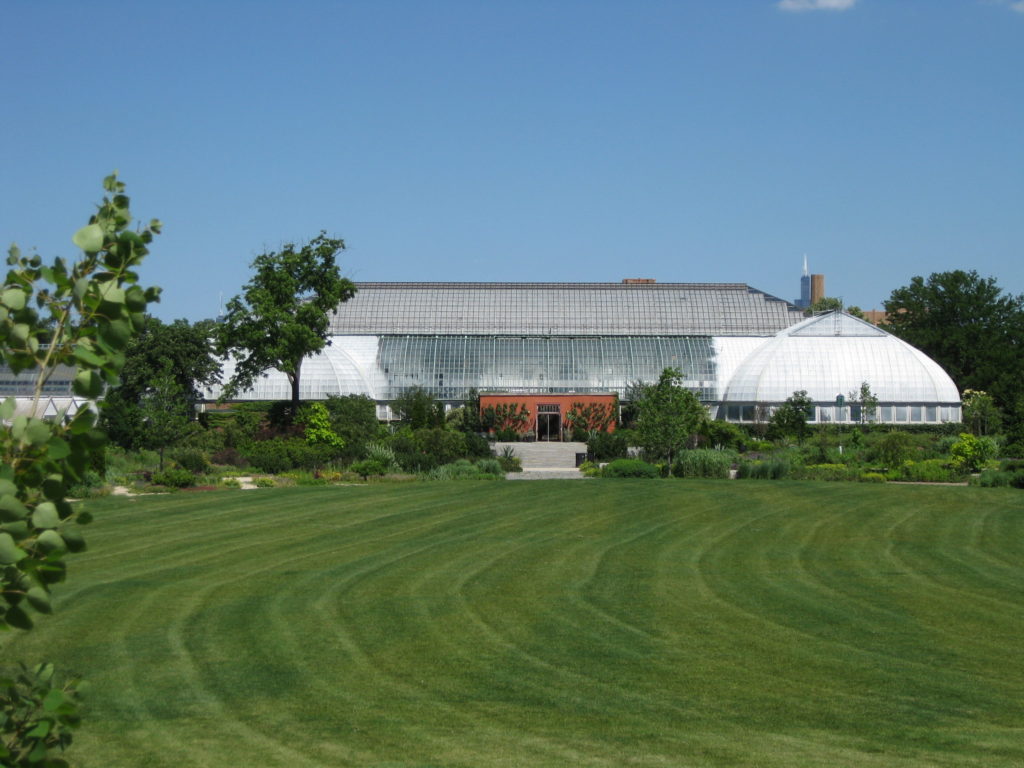
Garfield Park
The centerpiece of the Chicago Parks & Boulevards system, Garfield Park proudly occupies 185 acres in Chicago’s east Garfield Park neighborhood directly west of the Loop. The park, established in 1869, was renamed for President James A. Garfield (1831- 1881) after his assassination in 1881.
Standing grandly in the northern section of Garfield Park, visitors find a “landscape under glass”. The Garfield Park Conservatory designed by Jens Jensen and engineering firm, Hitchings and Company opened in 1908, and is designed to evoke a “great Midwestern haystack”.
In 1928, the dazzling Gold Dome Building, designed by Michaelsen and Rognstad, was constructed a new administrative headquarters for the West Park Commission. Just six years later, the Gold Dome building was re-imagined as Garfield Park’s fieldhouse and continues to serve in that capacity today.
Throughout the year Garfield Park hosts events including Movies, concerts and Night Out in the Park events. The Garfield Park Conservatory is a frequent site of art installations, plant and landscape education programs and school field trips.
Chicago Park Posters from Chicago Neighborhood Prints
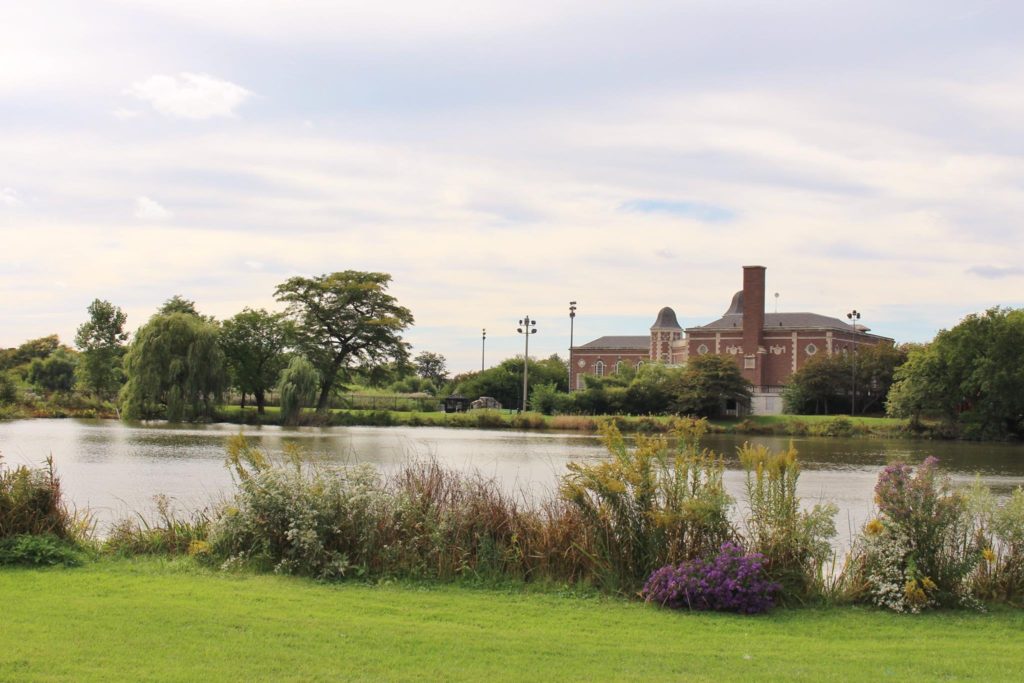
Douglas Park
Douglas Park Cultural & Community Center is located in Chicago’s North Lawndale community with parts of the park spanning to the Pilsen neighborhood. It is named in honor of Stephen A. Douglas (1813-1861). Douglas was a United States Senator who helped bring the Illinois Central Railroad to Chicago and is remembered for significant speeches, oratory talents and his loss to Abraham Lincoln in the presidential election of 1860.
Douglas Park was part of the original master plan for the Chicago Boulevard and Park System conceived by designer William Le Baron Jenney. The site of Douglas Park was a particular challenge for Jenny. The low, marshy landscape was poorly suited to his elaborate plans but he was able to expertly amend the area with sand and manure from the nearby Chicago Stock Yards.
Jenney made best use of the wet, marsh creating a scenic lake with a meandering shoreline at the center of the site. Throughout the park, visitors enjoy wide-open spaces for picnicking, sports, and long strolls along winding pathways and across a delicate bridge that spans a narrow portion of the lagoon.
Jens Jensen, appointed as General Superintendent and Chief Landscape Architect in 1905 improved upon the established landscape and added new park features. Most notably, in the southern portion and of the park, Jensen created a formal garden at the corner of Ogden Avenue and Sacramento Drive. The entrance is framed by a delicate structure called Flower Hall overlooking a reflecting pool.
The park is in active use throughout the seasons. The stately field house includes a gymnasium, auditorium, ballroom and many services for the local community. Sports fields and fitness classes draw active visitors while cultural programs offer intellectual and educational opportunities throughout the year.
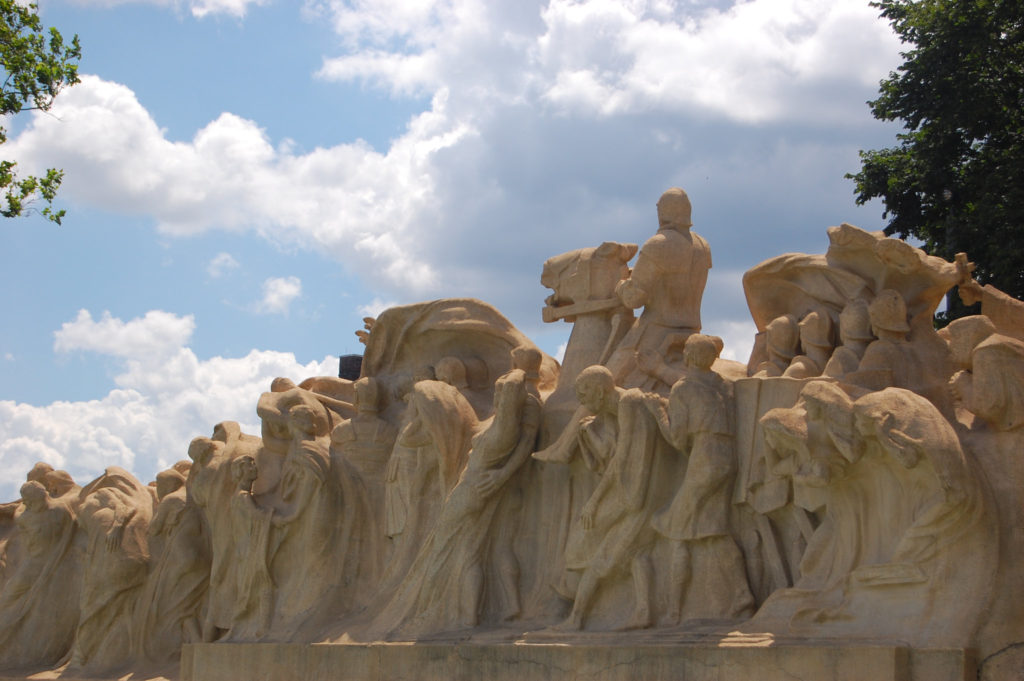
Washington Park
Located in the Washington Park/Woodlawn neighborhood of Chicago, just west of the University of Chicago, Washington Park is named to honor George Washington (1732–1799), the first president of the United States. Within the park’s 345 acres of natural beauty, visitors enjoy a Harvest Garden, arboretum, and the striking Fountain of Time sculpture by Lorado Taft.
Washington Park is steeped in Chicago history. Frederick Law Olmsted, the famed landscape architect whose legacy includes the grounds of the 1893 World’s Columbian Exposition and the University of Chicago campus along with New York’s Central and Prospect Parks, and the community of Riverside, Illinois, designed Washington Park with his partner, Calvert Vaux. The team created plans for the park in 1871 which included an open meadow for cows and sheep to graze. Around the turn of the century, renowned architects Burnham & Root designed the park’s stables, round house and refectory. In 1910 Burnham’s firm designed a larger office building which now houses the Du Sable Museum of African American History.
In 1922, famed Chicago sculptor, Lorado Taft (1860–1936), created the Fountain of Time inspired by ”The Paradox of Time,” a poem by Henry Austin Dobson. The imposing fountain greets park visitors entering from the south east with an arresting representation of Father Time gazing across the water at procession of one hundred human figures. Following a period of deterioration, the fountain has recently undergone extensive restoration and filled with water for the first time in more than 50 years.

